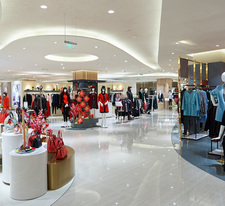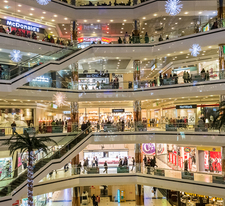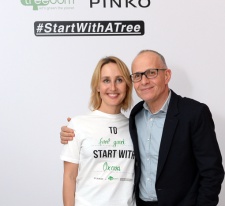And the stone is not real!
Deputy Finance Minister Alexey Moiseev, who is a member of the supervisory board of Alrosa, one of the world's largest diamond producers, at the beginning of this year frightened citizens by the fact that the volume of synthetic diamonds on the world market has become massive and even affected well-known brands. According to him, the number of fakes exceeds 20% from the number of stones that are sold after cutting.
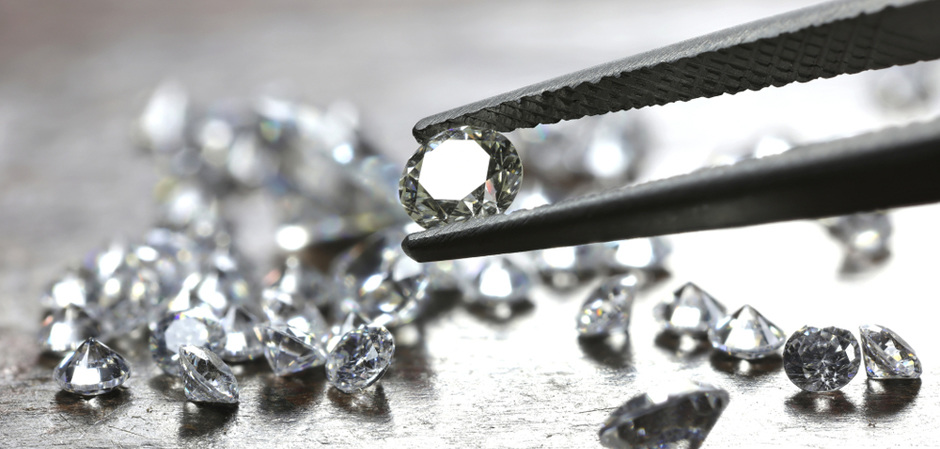
In connection with this statement, at the request of RIA Novosti, the press service of Rospotrebnadzor reported that the authenticity of the stone (diamond or emerald) must be confirmed by a certificate of conformity. The department noted that a gemstone can be sold outside of a jewelry item only if there is a certificate for each stone or a batch. If it is inserted into a piece of jewelry, the certificate is replaced by a tag. On jewelry tags with inserts of precious stones (diamonds, emeralds, rubies, sapphires)their characteristics must be specified: color and purity, as well as weight. Semi-precious (topaz, amethysts, chrysolites, garnets) just the weight of the insert is indicated without any purity characteristics.
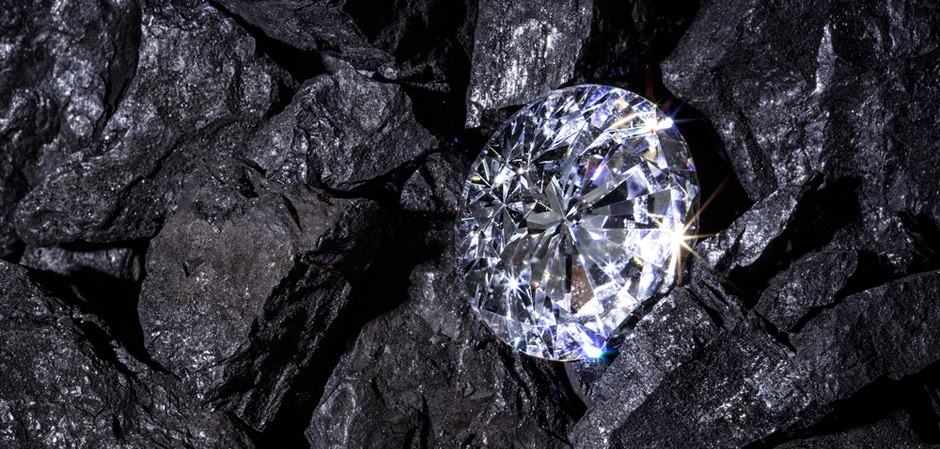
According to GOST,the marking on the tag of jewelry with diamond inserts may look like this: 1Br Kr57-0,470-4/ 6A. At the same time, 1Br – the number of diamonds in the product, in this version it is one; Kr57 – the shape of the cut, in this case round with 57 faces; 0.470 the total weight of the stones in carats; 4/6A characteristics of color/defect groups, geometric parameters. Also, the number up to the line means color, and the larger it is, the more yellow the crystal has. The second digit indicates the transparency of the stone. Only artificial stones are absolutely transparent. Any natural stone has cracks, foreign inclusions, flaws that are visible only with the help of optical devices.
Rospotrebnadzor also noted that together with the goods, the buyer is given asales receipt , which specifies the name of the goods and the seller, the sample, type and characteristics of the gemstone, the article, the date of sale and the price of the goods, the signature of the person directly selling the goods, and for the purchased faceted natural gemstones are passed certificates.

It should be understood, however, that today certificates of conformity for Russian companies are optional, and the special marking applied to the stone itself remains a feature of foreign gemological laboratories for the time being.
In addition, the statement of the Deputy Minister of Finance contains a significant inaccuracy: speaking about 20% of fakes, Mr. Moiseev, firstly, classifies synthetic stones as fakes, and secondly, does not specify the dimension of the stones, although in this case we are talking only about small diamonds weighing less than 0.15 carats. It is important that a synthetic stone is not always a fake, but only if the relevant information about the artificial origin of the stone is not indicated on the product tag. For example, De Beers has launched a special line of jewelry with synthetic diamonds. This line does not overlap with natural diamonds in any way and has its own name "Lightbox". Many other companies are planning the same marketing moves. There is nothing deceptive, fraudulent or illegal in the sale of synthetic diamonds if the buyer is informed about what exactly he is buying. In addition, synthetic diamonds are guaranteed to be obtained in an ethical way.
Previously a world-famous jewelry brand Tiffany announced a system of individual registration of diamonds included in the products. Probably, taking into account the latest trends in the industry, Russia will soon think about such a technology and, perhaps, they will also begin to apply individual labeling to stones outside of products.
Photo: shutterstock



